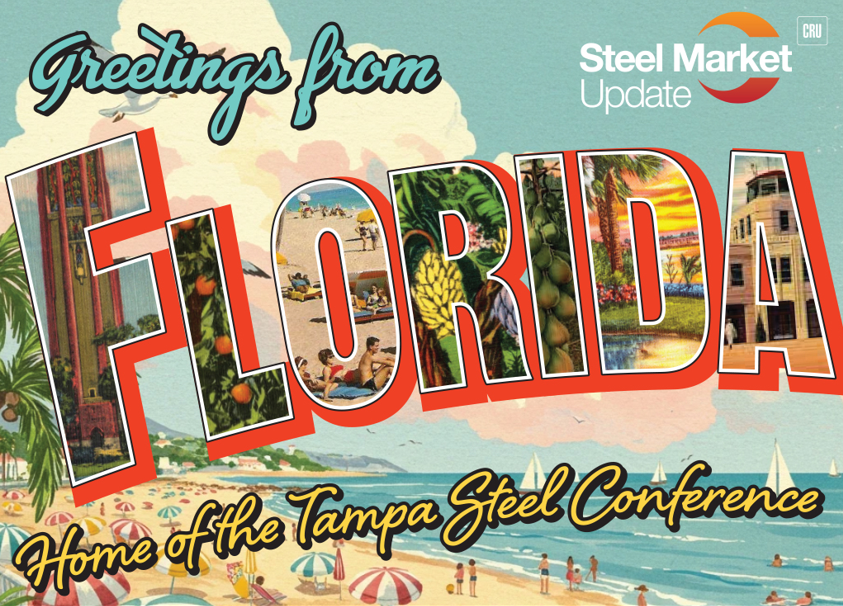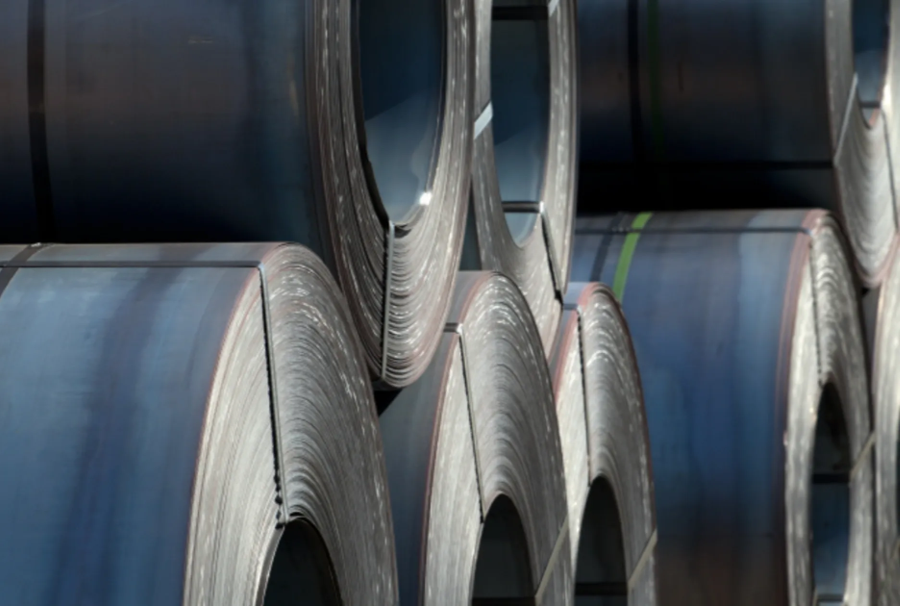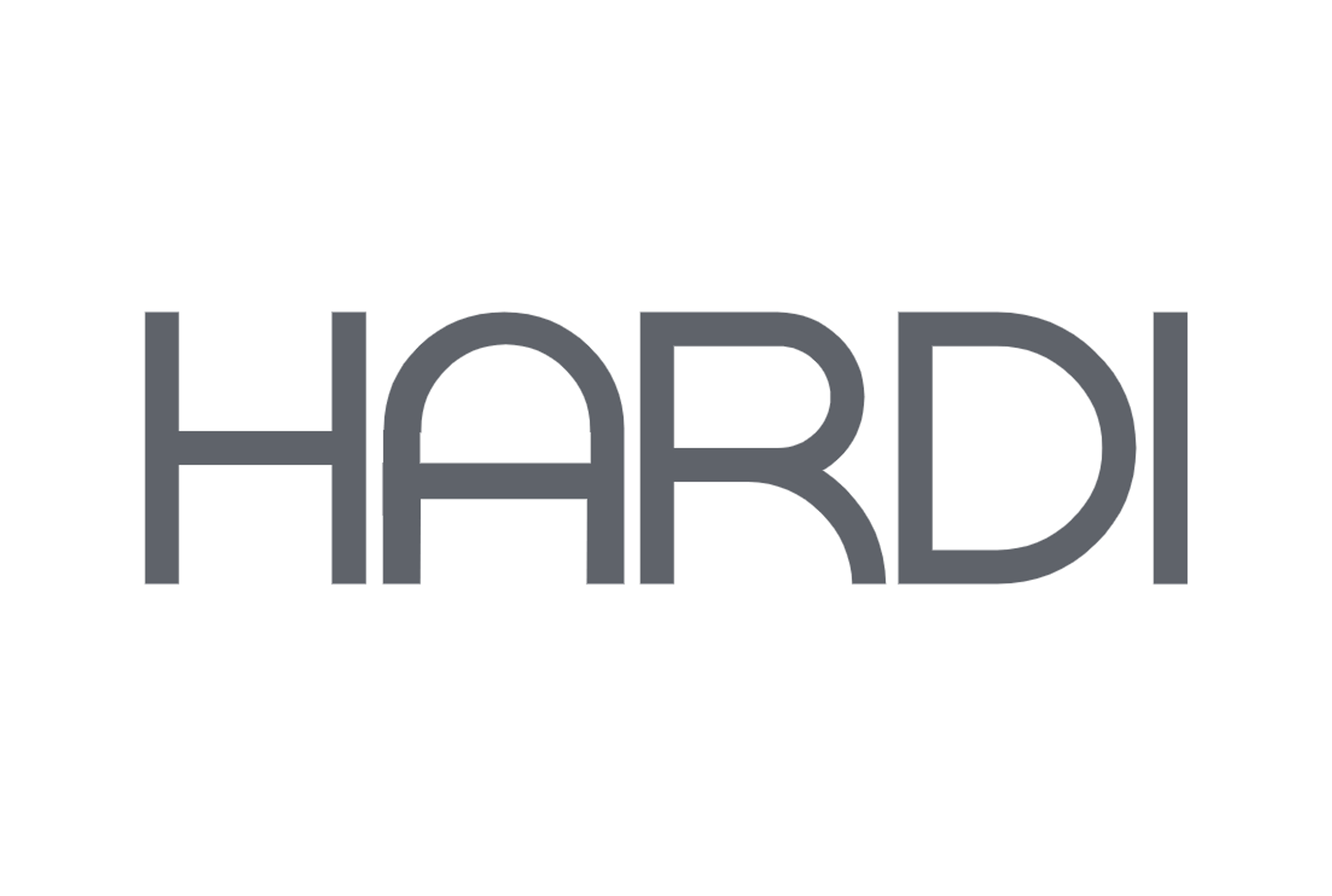Analysis
February 5, 2023
Demand Merited Mon Valley #3 Restart, Gary #8 Idled 'For Now': USS
Written by Michael Cowden
US Steel restarted the No. 3 blast furnace at its Mon Valley Works in western Pennsylvania because of stronger demand, company executives said.
The Pittsburgh-based steelmaker intends to keep the No. 8 blast furnace at its Gary Works in northwest Indiana temporarily idled “for now,” chief financial officer Jessica Graziano said.
![]()
“We’re watching the order book closely,” she added.
Graziano made the comments about the furnaces, both of which were idled last fall, on a fourth quarter earnings conference call with equity analysts on Friday, Feb. 2.
US Steel confirmed to SMU on Thursday that it had restarted the No. 3 furnace in late January. We have updated our blast furnace status table to reflect that change.
Company executives acknowledged that the appliance sector, one of the key end markets for Mon Valley Works, has struggled because of a decline in residential construction activity.
But they noted that Mon Valley also serves the broader construction, conversion, and service centers segments and indicated that some of those markets were improving.
“We saw order entry rates significantly outpacing our melt production plans, and that was a very clear trigger point for us to make the decision to return the furnace to service,” Kevin Lewis, vice president of investor relations, said of the No. 3 furnace.
“We obviously match supply and demand. So the fact that we’re turning on a blast furnace is an indication that things are better,” added US Steel chief executive officer David Burritt.
The overall economy – and steel demand – have benefited from lower inflation, a reduction in supply chain snarls, and an easing of interest rate hikes by the federal reserve. A resilient job market has also buoyed optimism about the overall economy, Burritt said.
It’s possible there could be a mild, consumer-driven recession in the second half of 2023. But it would likely be followed by a strong recovery in 2024. And the Fed deserves credit for engineering a “Goldilocks landing” for an overheated US economy, he said.
Other government policies – such as infrastructure spending, the Inflation Reduction Act, and the CHIPS Act – should provide support to steel in the second half of 2023 and into 2024. Geopolitical tensions remain a big risk. But US Steel is focused on the things it can control, notably completely big projects on time and on budget, Burritt said.
Case in point: A new non-grain-oriented electric steel (NGOE) line is expected to start up in the third quarter at Big River Steel, US Steel’s electric-arc furnace sheet mill in Osceola, Ark. “Folks are lining up for the NGO line … which will be, without question, the best in the United States,” he boasted.
The NGOES line at Big River is expected to have annual capacity of 200,000 tons per year. The mill will focus on commissioning and qualifying products with customers in the second half of 2023 before ramping up in earnest in 2024, company executives said.
Electrical steel demand is expected to increase significantly along with demand for electric vehicles. There is currently only one producer of electrical steels in the United States, Cleveland-Cliffs Inc., US Steel’s Ohio-based rival.
US Steel said it has also seen increased interest on the automotive side in its “verdeX” low-C02 steel – especially that produced at Big River, which as an EAF mill has a lower carbon footprint than an integrated mill. The company is also gaining or regaining market share from competitors in the automotive space in general, Burritt said.
By Michael Cowden, michael@steelmarketupdate.com







